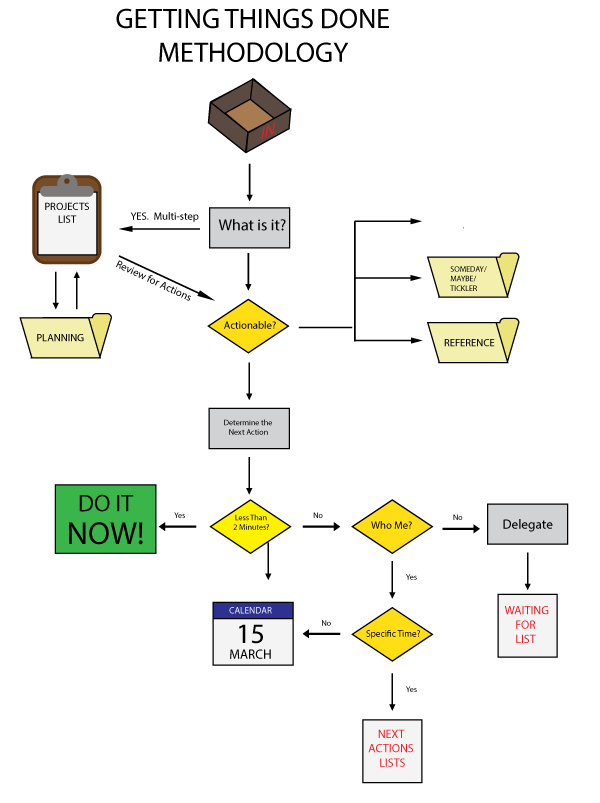Author: Stephen R Covey
Format: Audible
Narrated By: Stephen R Covey
Subject: Self-Help
Rating: 6/10
Favorite Quote: “Admission of ignorance is often the first step in our education.” I have consistently seen some of the best businessmen I know readily admit they didn’t understand something and ask for it to be explained, and I have seen them consistently use that behavior regardless of who else was in the audience.
Second Favorite Quote: “Management is efficiency in climbing the ladder of success; leadership determines whether the ladder is leaning against the right wall.” This might be the best way I have ever heard the difference between management and leadership summarized.
Summary: I certainly consider this book to be one of the “classics” of my non-fiction reading list. There are definitely some nuggets of knowledge in this book even if I don’t consider it to be in my top 10. The title of the book does an apt job of describing its contents, which for the most part I agree with. Having said that, I would be surprised if I ever gave this book a second read.
Habit 1 : Be Proactive
I cannot think of anything that has a had a bigger impact on my life then simply being proactive, so I certainly believe in this habit. Throughout life, we will all find ourselves in a variety of challenging circumstances, and when we do we have a choice to “Wait & See” or to “Take Action!” I have a strong bias toward taking action and actively encourage the people in my circle to do the same.
Habit 2: Begin with the End in Mind
Dr Covey’s take on this is rooted in a visionary and long term view of what is important in our lives as well as where we want to end up. While that is certainly wonderful advice, I tend to find myself using this habit more when reminding myself the” importance of achieving a specific result,” and that sometimes the result can only be achieved if I am willing to sacrifice my original vision of what is required to bring the result to reality.
Habit 3: Put First Things First
This is all about prioritization, and making sure that we are getting the most value out of our time. At Staley, we use the term “High Payoff Activity” or “HPA” to describe the most important activities we should be focusing our time on. It is easy to get distracted. It makes complete sense to apply the same logic to our personal lives. However, it is tough to do this if we haven’t embraced Habit 2.
Habit 4: Think Win-Win
I am not a big fan of this phrase, but to Covey’s defense, I don’t think it was quite the buzzword in 1989. Having said that I am a big believer in the concept. “Win-Win,” means that life isn’t a zero sum game. We can each have larger pieces of the proverbial pie if we figure out how to grow the pie. Having said that, it is easy to get trapped in the “Win-Lose” mindset, and I have to sometimes remind myself that the success of someone else is doesn’t equal a failure for me.
Habit 5: Seek First to Understand, Then to Be Understood
This habit really stuck out with me. Nobody would ever accuse me of being a great listener, however, I am committed to becoming one. Making a point of truly trying to understand what somebody is trying to communicate to me before I try to figure out how to respond is pure gold in my mind.
Habit 6: Synergize
Speaking of buzzwords, this one is a dandy. I probably got the least out of this section of the book. I am a big believer in the value of a strong team and of teamwork. I also think it is very important to keep an open mind. But, I also don’t immediately favor the notion that “two heads are better than one.”
Habit 7: Sharpen the Saw
Here is a habit that I absolutely agree with. It is absolutely crucial to nurture and grow ourselves throughout our lifetimes. It is equally important not to neglect any one area of oneself ( physical, social, mental, or spiritual.) The habit of Sharpening the Saw fits right in with my goal of being an Renaissance Man.



